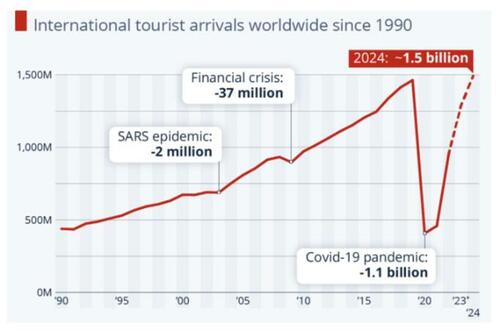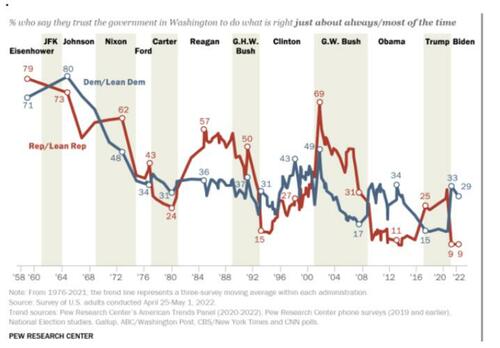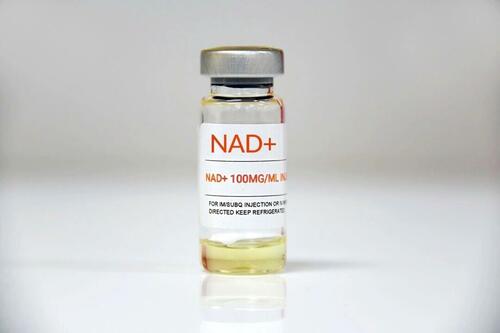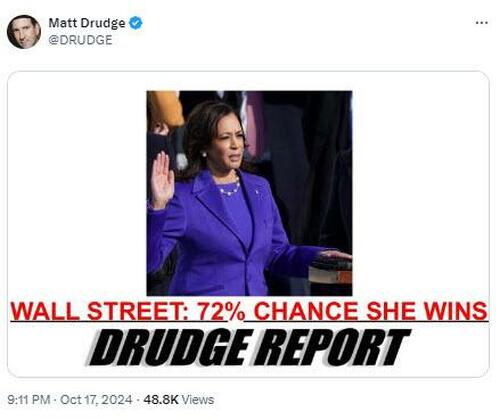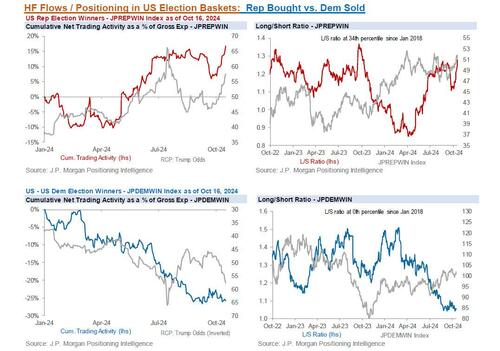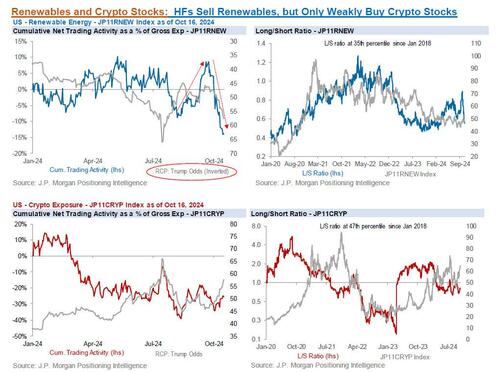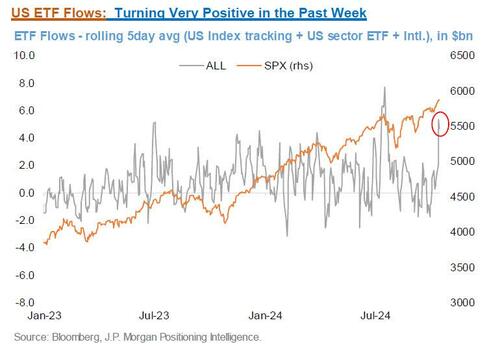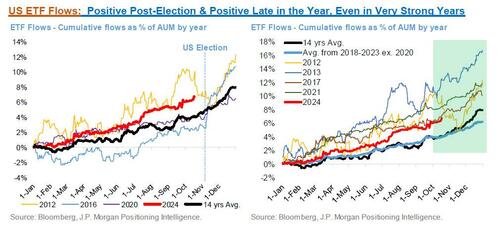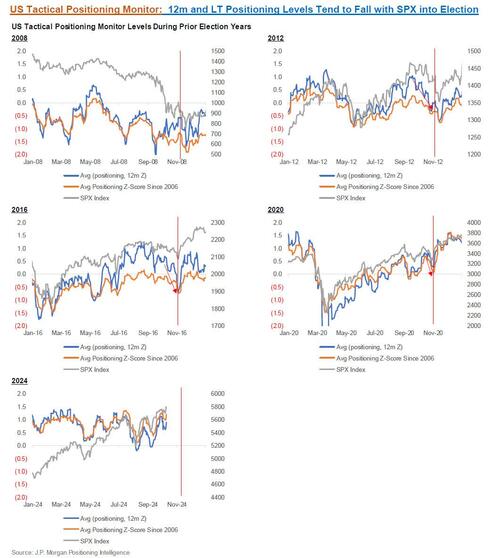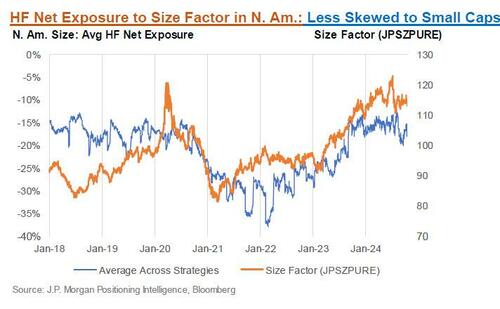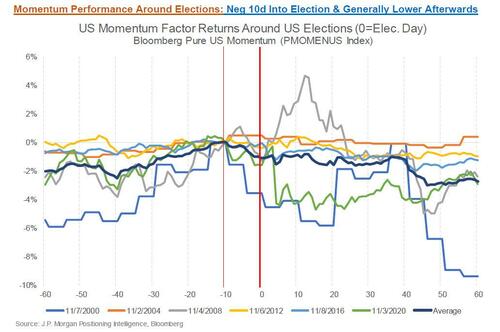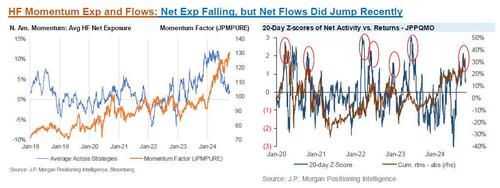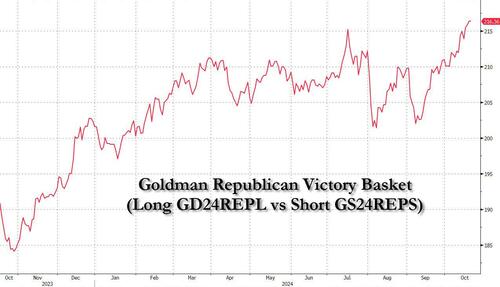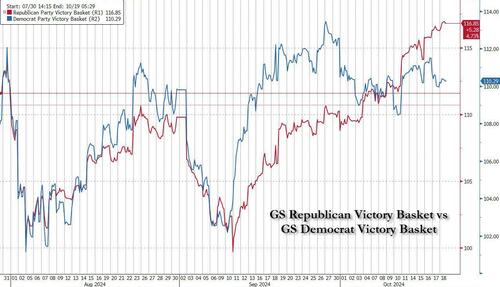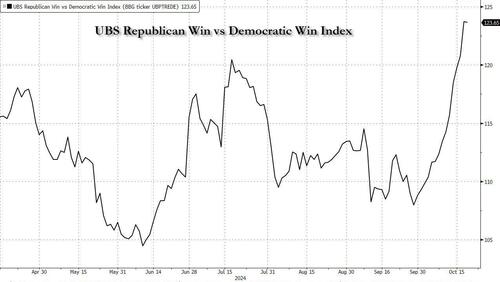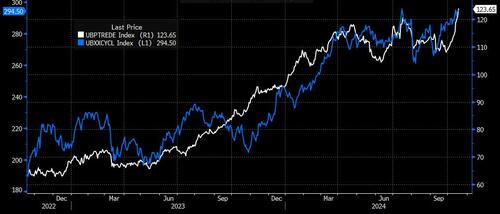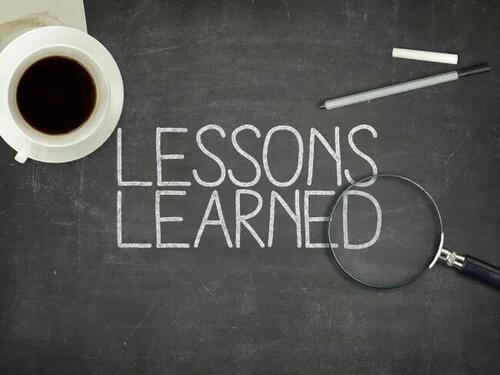What Happens To A Mortgage When You Die?
Authored by Anne Johnson via The Epoch Times (emphasis ours),
A mortgage goes on after your death. The lender will still require payment, or they’ll foreclose. Whether you’ve willed your home to a relative or you died “intestate,” someone needs to pay.

But how does that work? Can anyone pay the mortgage, or does it need to be refinanced? Establishing your wishes ahead of time will help with a smooth transition and protect your heirs. They’ll be able to keep your home and avoid foreclosure.
Who’s Responsible for a Mortgage After Death?
When you pass, your debts are paid from your estate, and your executor uses your assets to pay any creditors.
But what about the mortgage? If there is a co-signer on the loan, they will be responsible for paying the mortgage. If you have mortgage-protection insurance, the remaining debt will be paid by the insurance policy. The payments will go directly to the mortgage lender.
But if you don’t have mortgage-protection insurance and the loan only has your name on it, no one is responsible for paying it. The financial institution will foreclose on the house for nonpayment.
It should be noted that a co-signer of a mortgage loan is solely responsible for the mortgage regardless of whether they have rights to ownership of the property.
Inheriting a Home With a Mortgage
Usually, when a mortgaged property transfers ownership, an alienation clause or due-on-sale clause is activated. This means that the balance of the loan must be paid immediately.
There are laws that allow heirs to inherit the home’s title without triggering the due-on-sale clause. This means if you will a home to a relative, they can assume your mortgage and continue making monthly payments.
It’s important for the heir to keep the mortgage current even if they haven’t legally assumed the property’s title. That way there’s no worry of foreclosure.
Once you have legally taken ownership of the house, you can continue paying the current loan or refinance. You don’t have to have a credit check to take over the loan, but you will need one if you choose to refinance.
What Happens If There’s a Reverse Mortgage?
You may have inherited the house, but if it has a reverse mortgage, there are fewer possibilities than if it has a standard mortgage.
The surviving heirs or heir must pay off the entire loan balance or turn the deed over to the lender.
Who Pays Mortgage When Divided Among Multiple Heirs?
Multiple people could inherit a house. If they agree to assume the mortgage, they become co-borrowers and will continue to make payments.
Three out of four parents intend to leave their homes to their children. But almost 70 percent of those heirs say they will sell the houses. If the heirs agree to sell, they can use the proceeds to pay off the mortgage.
But if there are multiple heirs and one doesn’t want to sell, they can buy out the others. If the heirs cannot agree, the courts may require a sale of the property to pay off the lender.
What Happens If You Die Without a Will?
If you die without a will or trust, the courts will appoint an executor to distribute the assets. Unless there is a transfer on the deed, then the mortgage is entered into the unsettled estate.
The executor could use outstanding assets to make mortgage payments until an heir is settled or the house is sold.
How Does Your Heir Notify the Mortgage Company?
There is usually a formal process for notifying a mortgage lender, but generally, the heir must notify the lender in writing.
The letter should include:
- deceased person’s name
- address
- date of death
- account number
The lender will require a death certificate to confirm the borrower’s death.
If there is a will and named executor, the lender will require documents affirming the designation. Without a will, they will require an administrator appointed by the court to deliver the necessary documents.
The lender will require the contact details of the person handling the deceased estate.
How to Assume the Mortgage of an Inherited House
First, the lender needs to know that the borrower has died. They also need to know who has legally inherited the house. The lender will require documentation from all the heirs.
If the heir is not the co-signer, they will need to work with the lender to initiate a transfer of ownership. The heir will need to show a death certificate and proof of inheritance. This is a simple process.
The heir should make payments where the owner left off to deter foreclosure.
If the heirs are listed on the bank accounts, they can use those funds to pay the mortgage (you’ll need to provide the bank or credit union with a death certificate).
An heir who wishes to live in the home but cannot afford the payments has the option to refinance the mortgage.
Your Heirs Pay the Mortgage
The bottom line is if your heirs want to keep the house, they can. But they will need to pay the existing mortgage or refinance it in their name.
When there are multiple heirs, it might be a little more complicated if they’re not all on the same page. Then, the house may need to be sold to compensate each heir.
The Epoch Times copyright © 2024. The views and opinions expressed are those of the authors. They are meant for general informational purposes only and should not be construed or interpreted as a recommendation or solicitation. The Epoch Times does not provide investment, tax, legal, financial planning, estate planning, or any other personal finance advice. The Epoch Times holds no liability for the accuracy or timeliness of the information provided.
Tyler Durden
Mon, 10/21/2024 – 04:15
via ZeroHedge News https://ift.tt/5SrgvR6 Tyler Durden



